Roberto Bolaño and the visual imagination: a poetics of the eye
llistat de metadades
Autor/a
Fecha de defensa
2025-01-10
Páginas
388 p.
Departamento/Instituto
Universitat Pompeu Fabra. Departament d'Humanitats
Programa de doctorado
Programa de Doctorat en Humanitats
Resumen
The eye was a fetish object for the surrealists, a locus of desire, a portal into the unconscious and the irrational. Roberto Bolaño carried Breton’s savage eye into the center of his own poetics, to see anew. In his work we find the eye as symbol and metaphor, its communicating gesture, its visionary capacity to plumb the depths of dreams, that is able to reclaim the raw, primal nature of perception. We also see the opposite, eyes that cannot see, that are obfuscated, that alight on arbitrary surfaces like stains on the wall or ceiling to open the space of imagination. In Bolaño's work the eye functions as an organizing principle that unifies the components of a poetic system. Shifting signifiers that recur and link and emphasize the thingness of Bolaño’s body of work, making it into an object to be contemplated, una figura sembrada de ojos. We suggest a new way of reading Bolaño. To do so, we look at the text, open the imagination to see Bolaño’s poetic system, his recurring pictograms that act as a second-tier language, geometrical figures that spatialize and constellate, the picture that lay embedded in the language. We locate, bracket, and observe examples of Bolaño’s recurring glyphs, which we call “bolañoglyphs” -windows, triangles, the number three, and the eye providentially casting its spell-shadow-screen– and approach this system through a comparison with another similar system though across the intermedial gulf of image and text; that of Miró’s famous miroglyphs. What happens when we read a painting-poem and look at a novel-poem?
El ojo era un objeto fetiche para los surrealistas, un locus del deseo. Roberto Bolaño llevó el ojo salvaje de Breton al centro de su propia poética, para ver y mirar nuevamente. El ojo como símbolo y metáfora, su gesto comunicador, su capacidad visionaria para sondear el inconsciente, su capacidad para reivindicar la naturaleza cruda y primigenia de la percepción. El ojo opera como principio organizador que unifica los componentes de un sistema poético recursivo que enlaza y enfatiza el carácter de cosa de la obra de Bolaño, convirtiéndola en un objeto para ser contemplado, una figura sembrada de ojos. Se analiza su sistema poético: una serie de pictogramas recurrentes que actúan como un lenguaje de segundo orden, figuras geométricas que espacializan y constelan la imagen que yace incrustada en el lenguaje. Se localizan, colocan entre corchetes y observan ejemplos de los glifos recurrentes en su obra, aquí denominados «bolañoglifos» --ventanas, triángulos, el número tres y el ojo que proyecta providencialmente su hechizo-sombra-pantalla-- y se compara cómo el sistema de glifos verbales trasladó el sistema de figuras poético-pictóricas de Miró, sus célebres miroglifos.
Palabras clave
Roberto Bolaño; Joan Miró; Visual imagination; Eye; Intermediality; Transmediality; The eye as metaphor; Symbolism; Surrealism; Pictorialism in literature; Ekphrasis; Poetics of the eye; Figura sembrada de ojos; Miroglyphs; Bolañoglyphs; Triangle; Manifiesto infrarrealista; Los detectives salvajes; Juan; Eduardo Cirlot; El bello pájaro; Visual poetics; Pictogram; Victoria Cirlot; Archivo Bolaño; Image and text
Materias
82 - Literatura
Citación recomendada
Derechos
ADVERTIMENT. Tots els drets reservats. L'accés als continguts d'aquesta tesi doctoral i la seva utilització ha de respectar els drets de la persona autora. Pot ser utilitzada per a consulta o estudi personal, així com en activitats o materials d'investigació i docència en els termes establerts a l'art. 32 del Text Refós de la Llei de Propietat Intel·lectual (RDL 1/1996). Per altres utilitzacions es requereix l'autorització prèvia i expressa de la persona autora. En qualsevol cas, en la utilització dels seus continguts caldrà indicar de forma clara el nom i cognoms de la persona autora i el títol de la tesi doctoral. No s'autoritza la seva reproducció o altres formes d'explotació efectuades amb finalitats de lucre ni la seva comunicació pública des d'un lloc aliè al servei TDX. Tampoc s'autoritza la presentació del seu contingut en una finestra o marc aliè a TDX (framing). Aquesta reserva de drets afecta tant als continguts de la tesi com als seus resums i índexs.


